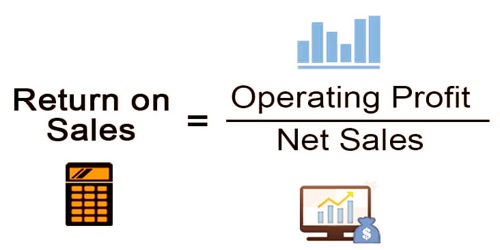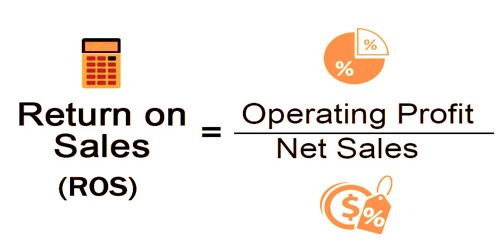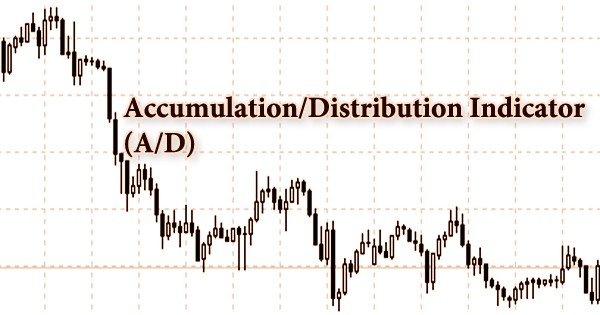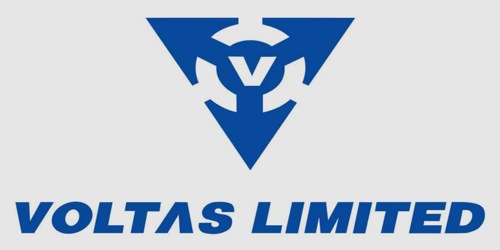The Return on Sales (ROS) is a percentage calculation used to demonstrate how effectively a company converts revenues into profits. This measure offers insight into how much profit per dollar of revenue is being generated. An expanding ROS demonstrates that an organization is developing all the more proficiently, while a diminishing ROS could flag approaching budgetary inconveniences. ROS regularly called the working net revenue. The benefit which is estimated for the ROS is the working benefit produced from the top-line income of the company or organization.
Companies will measure their Return on Sales by dividing operating profit over a selected period before taxes and interest are deducted from net sales. Locate net revenue and operating profit from the income statement of a corporation, and plug the figures in the formula below.

ROS = Operating Profit / Net sales
Where:
ROS = Return on sales
Operating Profit is calculated as earnings before interest or EBIT.
Keep in mind that the equation doesn’t take under consideration non-operating activities like taxes and financing structure. For example, since they are not considered operating expenses, income tax cost and interest expense are not included in the calculation. This helps investors and creditors to consider the core business activities and to concentrate on whether or not the key transactions are successful.
To understand how ROS actually measured in a business company, people need to play with the estimates of sales and income and income expenses. Here is a small example:
(Sales – Expenses = Profit)
Sales = 1000000
Expenses = 850000
Profit = 150000
Therefore; ROS = 150000/1000000 = 15%
Investors and creditors have an interest during this efficiency ratio because it shows the share of cash that the corporate actually makes on its revenues during a period. They’ll use this calculation to match company performance from one period to the subsequent or compare two different sized companies’ performance for a given period. Investors can note when measuring return on sales that some companies report net sales while others report revenue. Net revenues are gross income minus the credits or refunds for product returns charged to consumers. For businesses in the retail sector, net profits would likely be reported, while others will report income.
Via quality improvement, businesses should aim to reduce costs and raise sales. If a business earns $50,000 in sales but takes $35,000 to try to so, its overall efficiency is far under it should be. Return on sales (ROS) may be a financial ratio that calculates how efficiently a corporation is generating profits from its top-line revenue. It calculates a company’s output by evaluating the percentage of overall sales that turns into operating income.
It has typically been found that firms with an operating profit margin of 20 percent and above is more stable and effective in managing their capital, whereas anything more than 15 percent is considered fragile and often requires inappropriate use of capital. Therefore, ROS is employed as an indicator of both efficiency and profitability. Investors, creditors, and other debt holders depend on this efficiency ratio because it reliably expresses a company’s percentage of operating cash on its sales, and offers insight into future dividends, reinvestment future, and the ability of the company to repay debt.
For businesses neglecting to hit an acceptable ROS, directors can chip away at lessening costs while keeping income the equivalent or taking it higher without causing further expenses. This permits an organization or a company to direct pattern examinations and analyze interior productivity execution after some time. It is additionally valuable to contrast one organization’s or companies ROS rate and that of a contending organization/company, paying little heed to scale.
Return on sales (ROS) thus assesses a company’s profit as well as the company’s efficiency in producing that profit. It can only be used to compare businesses operating in the same sector and, preferably, those with equivalent business models and annual revenue figures. Companies in numerous industries with wildly different business models have very different operating margins, so comparing them using EBIT within the numerator may be confusing. The measurement of ROS efficiency is essential for both internal and external purposes. It is a simple but very helpful metric whose measurement is also easy and can be used for companies of any scale.
Information Sources:
















